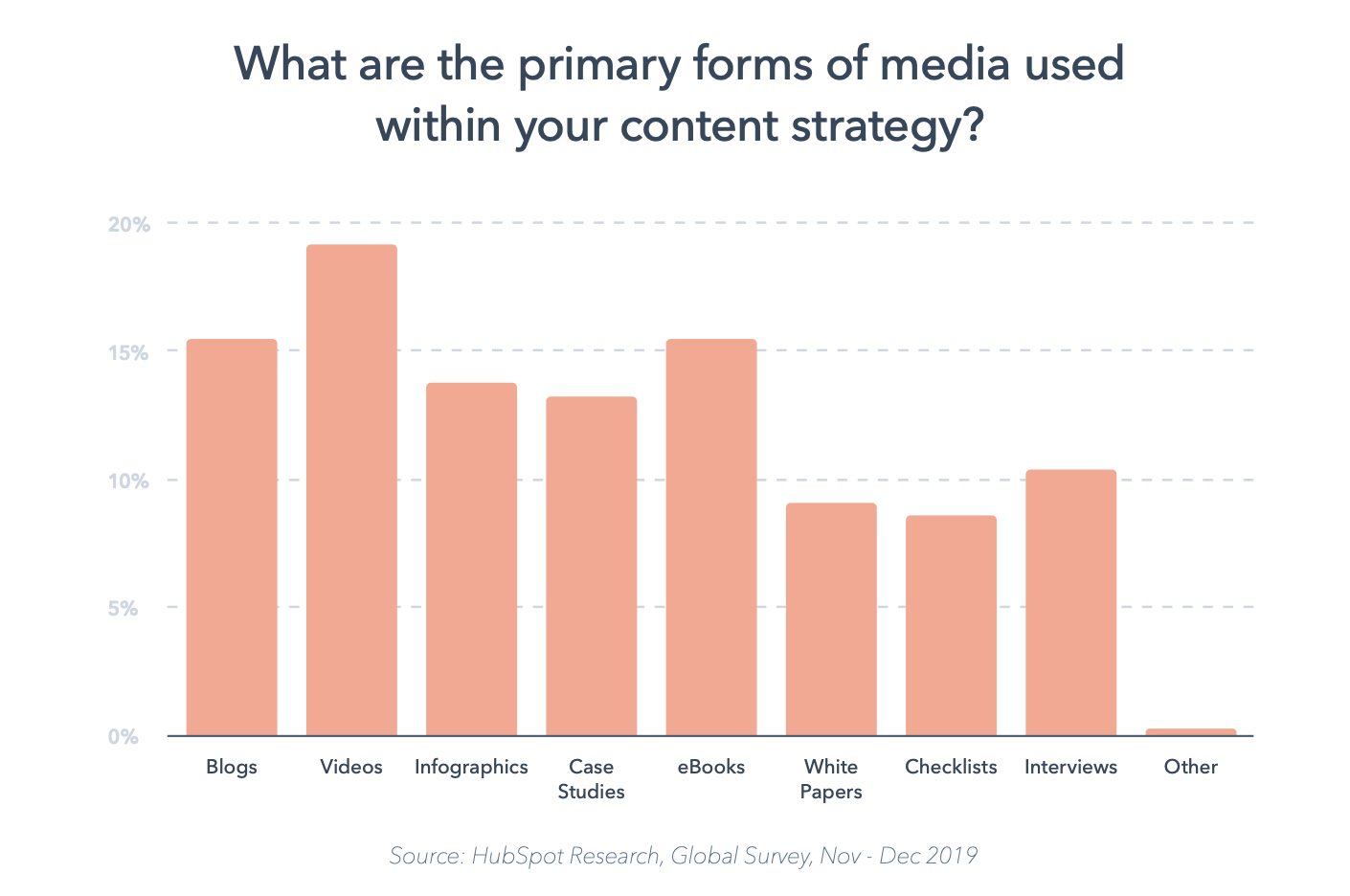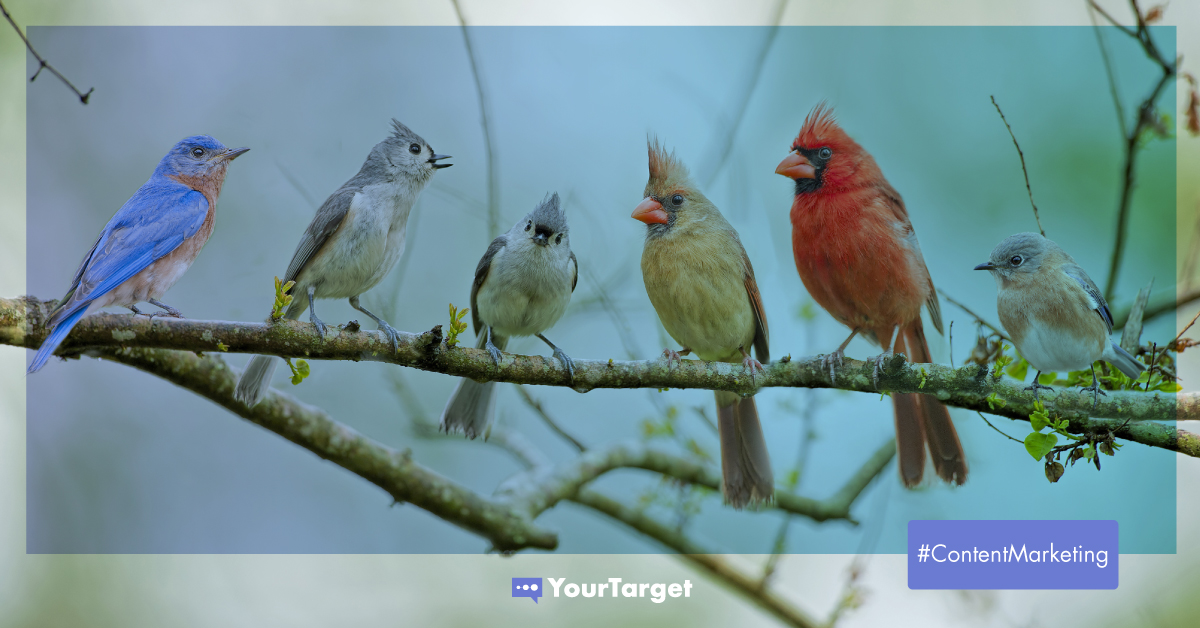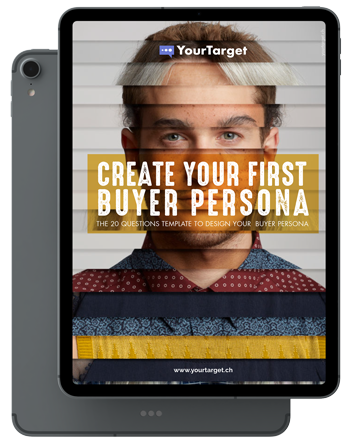A great content strategy can help you to engage with your audience and boost your business, how do you know which types of content are right for you? Content marketing is a dynamic field. Trends, technology, and marketing tactics are constantly evolving. Businesses must keep up in order to stay relevant in a competitive landscape. One thing’s for sure, the content marketer’s job is never boring!
When it comes to digital marketing, it’s not enough to just be present. You need to ensure you’re sharing relevant and valuable content for every stage of the inbound marketing funnel. That being said, what works for one brand might not work for another. So how do you know which types of content will work for your business?
In this article, we’re going to discuss the most popular types of content and how to use them to take your content marketing strategy to new heights. We’ve got a lot to cover, but before we dive in…
Why is Content Marketing Important?
Creating and sharing valuable content consistently can help to boost your business in countless ways. With over 70% of businesses are investing in content marketing, it must have something going for it!
An effective content marketing strategy can:
- Improve audience retention and reduce customer churn by nurturing customer relationships.
- Generate leads by capturing audience attention and guiding them through the funnel to landing pages.
- Boost conversions by establishing trust and authority with high-quality content.
- Improve website traffic, online visibility, and SERP rankings. Higher search engine rankings translates to more website visitors and thus, more conversions.
Still not convinced? Check out these 10 statistics that demonstrate how content marketing can boost your business.
Blogging
Although it’s one of the most saturated types of content on the web, there’s a reason blogging hasn’t lost its mojo over the years. 86% of companies produce blog content compared to other formats.
Sharing well-written and researched blog posts is a great way to boost your visibility through organic search. What’s more, blog posts don’t require fancy tools and a big budget to execute, which is why it’s popular among small businesses.
Nowadays, customers don’t want their customer journey to end with a money transaction. It’s important to attract, engage, delight, and keep delighting your audience long after that transaction has taken place. In this way, sharing valuable content with customers encourages brand loyalty and long-lasting relationships.

Here are some tips for creating top-performing blog content to engage your audience:
- Write for a target audience: Create buyer personas and address their needs, desires, and pain points with valuable content that answers their questions and reinforces your brand authority.
- Optimize for SEO: When it comes to SEO strategy there are several “content rules” you should be following. These relate to keywords, structure, word-count, links, and more. SEO will boost your SERP rankings.
- Use an editorial calendar: This will help you to organize and optimize your content while ensuring consistency and value.
- Hire an exceptional copywriter: Writing great blog content is in the job description for a copywriter. If you don’t have time to write blog content yourself, why not outsource your efforts to a freelance copywriter.
Social media posts
There are billions of people around the world who use social media. By 2023, the number of social network users in the U.S. alone is expected to reach a whopping 257.4 million.
Nowadays, it’s much more than a communication tool. The reach and accessibility of social media is leveraged by brands in their content marketing, customer service, and sales strategies.
Social media allows companies to engage with new leads and existing customers. Moreover, it encourages direct communication between brands and their customers via comments, shares, and direct messaging. It’s a valuable channel that can help businesses to achieve their goals and grow.
Social media is a broad field, so how can you use it as a form of content? It’s a bit different from other types of content marketing, as social media focuses on getting people to look at and respond to your content.

You can share posts, or link to other content you’ve created like videos and blog posts. You can also implement user-generated content in the form of surveys or asking users to post images (think: Instagram competitions, Facebook Live videos).
It’s important to consider which social media channel your audience is active on. This should come up when you’re researching your buyer personas, and, of course, it’s likely they’ll be active across more than one. Consider that:
- 84% of 25–30 year olds use Facebook
- 35% of US teens rate Instagram as their favorite social network
- 31% of those making more than $75k use Twitter
- 94% of B2B marketers use LinkedIn for content marketing
Although it may take some time to build up your social media presence, you’ll soon be able to tell which types of social media content are resonating with your audience by measuring KPIs with analytics. This way, you can understand how much traffic social media is generating to your website and gauge its ROI.
Video content
In 2020, video overtook blog content and infographics to become the most popular format for content marketing. Moreover, 87% of video marketers reported that video increased their website traffic, and 80% claimed it directly increased sales.
Video marketing’s potential to boost conversions, improve ROI, and build relationships with customers are some of the reasons why it’s a digital marketing trend that every marketer should embrace going forward.
When it comes to creating video content —as usual— you should create with a target audience in mind. Consider the types of content that’ll appeal to your audience and which platforms you’re going to share it on, whether that’s social media, website pages, or embedded in email newsletters. Also think about which stage of the customer journey it’s aimed at.
For instance, you might snappy, attention-grabbing informational videos aimed at customers in the awareness stage. On the other hand, you might create product demonstrations and how-to videos to help customers currently in the decision phase.
Infographics
Infographics are a great conduit for increasing shares, inbound links, and brand authority. However, they’re not as dynamic as other content formats which is why many digital marketing professionals struggle to use them.
There’s a time and a place for a great infographic. They should be simple, eye-catching, and meaningful with the goal to condense complicated information down to its most essential points.
Infographics can be used to break up written blogs and add visual appeal to text-based content. They can also be shared as a standalone post or on social media. When done well, infographics are a powerful format for sharing complex and valuable information with your customer base.
Interested in adding infographics into your content marketing strategy mix? You’ll be glad to know that there are plenty of free tools and resources to help you. Otherwise, you can always hire a professional graphic designer to get the job done! When creating an infographic, always remember to:
- Define your target audience
- Fact-check everything and remember to add citations
- Keep it simple
Podcasts
Today, podcasts reach over 100 million Americans each month, and this number shows no sign of slowing down. High-quality podcasts have proved lucrative for digital marketers in recent years. What’s more, podcasts aren’t difficult to produce and distribute once you know how.

A huge benefit of sharing podcasts with your audience is that they can access them on the go. They can listen to your podcast while driving, working, and even at the gym! What’s more, podcasts are a great way to showcase your brand’s unique personality.
If you’re interested in adding podcasting to your content strategy, you should check out our detailed post detailing how to use podcasts to engage your audience.
Downloadable resources
White papers
White papers are long-form content that visitors to your site can download, typically in exchange for contact information. A white paper is informative, data-driven, and focused on the details of a particular topic. White papers are a great way to generate leads and build your brand’s authority as a market leader.
eBooks
eBooks are designed to provide relevant and useful information and insight to a target audience. They should address the needs and challenges your audience members face.
With this form of content, businesses can focus on building trusting relationships with their audience. eBooks are also gated content, meaning people provide their contact information in exchange for the eBook download.
Tip: Blog posts and other detailed resources can be repackaged as eBooks!
Checklists
Checklists are a downloadable resource that provide the consumer with a step-by-step process to achieve a desired outcome. These are recommended for small businesses as they provide immediate value and are simple to create. Advertise your checklists in blog and social media posts using catchy call-to-actions.
Paid Search
Paid advertising is where marketers can reach customers in the decision stage of their customer journey. This type of content involves paying for an advertisement space on a website. You know, those pesky ads that come up every few seconds in your feed — Yep, that’s paid search!
It might not be free, but paid search can be a worthwhile investment for growing businesses. With paid search, you can stand out from your competition on crucial platforms like Google, Facebook, and LinkedIn. You’ll have complete control over message, reach, and placement which makes it a great route to take if your focus is on boosting sales.

Ready to create your content marketing strategy?
When implemented well, a content marketing strategy can make the difference between simply being visible to your audience and truly connecting with them. One of the first steps of any great content marketing strategy is creating buyer personas to ensure your efforts are directed towards the right people.
Always remember to use content marketing KPIs to track your progress, and use your results to inform future strategic decisions. By staying on top of your customers’ needs, you’ll build customer relationships that last.
Ready to get to know your audience and grow your business with content marketing?
Download our free buyer persona template today.

